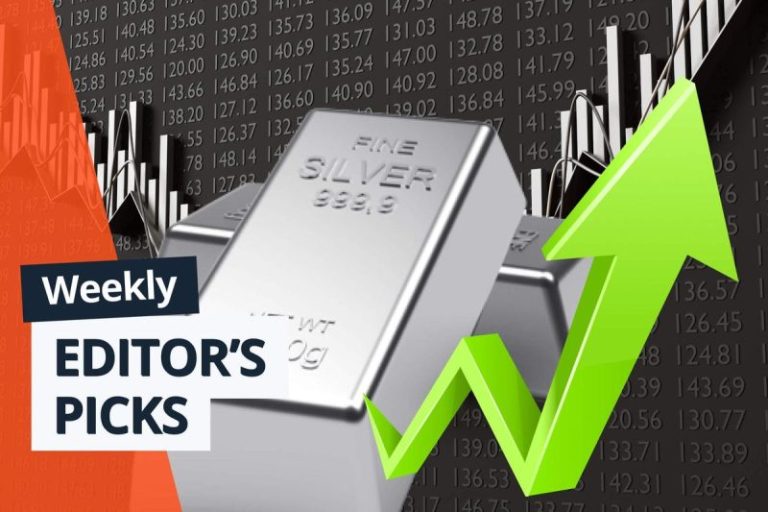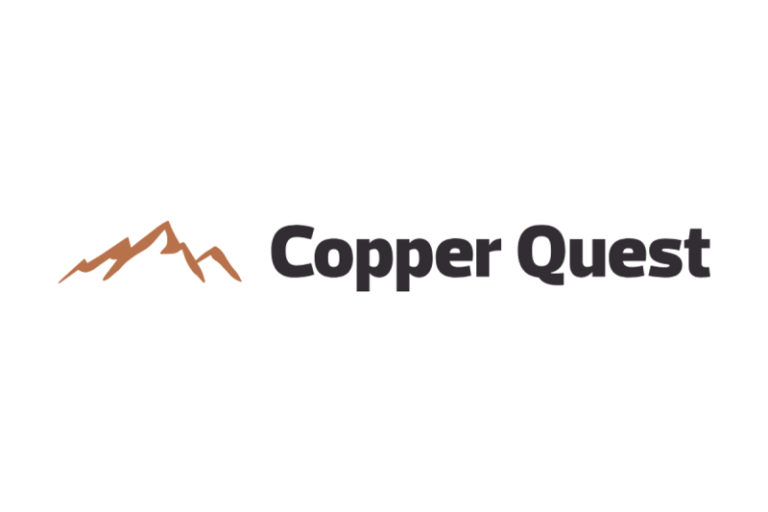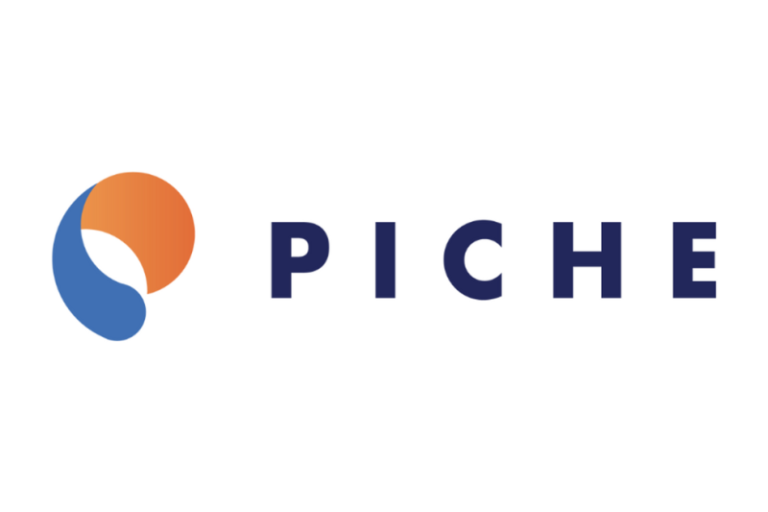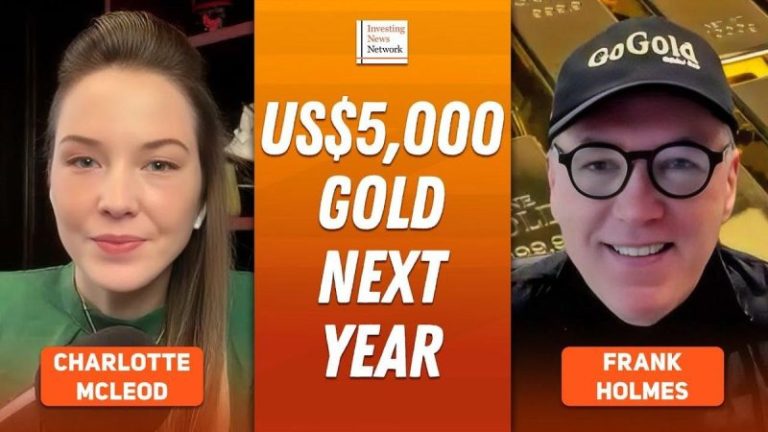// Not for distribution to the United States newswire services or for dissemination in the United States //
Copper Quest Exploration Inc. (CSE: CQX,OTC:IMIMF; FRA: 3MX) (‘ Copper Quest ‘ or the ‘ Company ‘) is pleased to announce that, further to its news release dated December 1, 2025, it has issued an aggregate of 10,142,104 flow-through shares of the Company (the ‘ FT Shares ‘, and each, a ‘ FT Share ‘) at a price of $0.19 per FT Share for aggregate gross proceeds of $1,927,000 in connection with its previously announced fully subscribed non-brokered private placement (the ‘ Private Placement ‘).
Each FT Share constitutes a ‘flow-through share’ within the meaning of the Income Tax Act (Canada) (the ‘ Tax Act ‘) and the gross proceeds of the Private Placement will be used by the Company for exploration and related programs, which qualify as ‘Canadian exploration expenses’ and ‘flow-through critical mineral mining expenditures’, as such terms are defined in the Tax Act, in connection with Copper Quest’s projects in British Columbia.
Brian Thurston, President & CEO of Copper Quest, commented: ‘ The team has spent the last 12 months building Copper Quest to be a standout junior explorer holding seven quality projects including the recent acquisitions of Stars, Stellar, Nekash, and pending Kitimat and Alpine. It is now time for the Company to grow shareholder value through advancing these properties through work on the ground and drilling. These funds will allow us advance multiple properties in 2026 while we continue vetting quality partners to help advance the rest. ‘
In connection with the Private Placement, the Company paid cash finder’s fees totaling $130,199.98 and issued 685,261 finder’s warrants (the ‘ Finder’s Warrants ‘) entitling the holder thereof to acquire one non-flow-through common share at an exercise price of C$0.19. The Finder’s Warrants will expire on December 5, 2027.
All securities issued pursuant to the Private Placement are subject to a statutory four month hold period expiring April 6, 2026.
To accommodate increased interest in the Private Placement, the Company also announces that it may further issue up to 255,264 FT Shares under the same terms as above stated, no later than December 15, 2025. All securities to be issued thereunder will be subject to a statutory hold period under applicable Canadian securities laws of four months and one day from the date of issuance.
Related Party Participation in the Private Placement
Jason Nickel, Director of the Company, participated in Private Placement by purchasing 50,000 FT Shares for $9,500. The participation by Mr. Nickel, as an insider of the Company, constitutes a ‘related party transaction’ as defined under Multilateral Instrument 61-101 Protection of Minority Security Holders in Special Transactions (‘MI 61-101’). The Company is relying on the exemptions from the valuation and minority shareholder approval requirements of MI 61-101 contained in sections 5.5(a) and 5.7(1)(a) of MI 61-101, as neither the fair market value of the FT Shares purchased by Mr. Nickel, nor the consideration for the FT Shares paid by Mr. Nickel, exceeded 25% of the Company’s market capitalization. The Company did not file a material change report in respect of the related party transaction at least 21 days before the closing of the Private Placement, which the Company deems reasonable in the circumstances as the details of insider participation in the Private Placement were not settled until shortly prior to closing the Private Placement and the Company wished to complete the Private Placement in an expeditious manner.
The securities described herein have not been registered under the United States Securities Act of 1933, as amended (the ‘ U.S. Securities Act ‘), or any state securities laws, and may not be offered or sold absent registration or compliance with an applicable exemption from the registration requirements of the U.S. Securities Act and applicable state securities laws. This news release shall not constitute an offer to sell or the solicitation of an offer to buy nor shall there be any sale of the securities in any State in which such offer, solicitation or sale would be unlawful.
About Copper
Copper is an essential industrial metal at the heart of the global energy transition and modern infrastructure. It plays a critical role in electrification, renewable energy systems, electric vehicles, data centers, and smart technologies. With global demand rising and new supply challenged by declining grades, complex permitting, and underinvestment, the copper market faces persistent deficits and growing geopolitical scrutiny. Recent U.S. policy announcements, including import tariffs and initiatives to secure domestic and allied supply chains, underscore copper’s strategic importance and the need for resilient, localized resource exploration, development, production and processing capacity.
ABOUT Copper Quest Exploration Inc.
Copper Quest (CSE: CQX,OTC:IMIMF; OTCQB: IMIMF; FRA: 3MX) is focused on building shareholder value through project acquisition, and exploration and development of its North American Critical Mineral portfolio of assets. The Company’s land package currently comprises five projects that span over 40,000+ hectares in great mining jurisdictions as well as the Kitimat Cu-Au Project and the past-producing Alpine Gold Mine that are both pending acquisition following due diligence.
Copper Quest has a 100% interest in the Stars Property, a porphyry copper-molybdenum discovery, covering 9,693 hectares in central British Columbia’s Bulkley Porphyry Belt. Contiguous to the Stars Property, Copper Quest has a 100% interest in the 5,389 hectare Stellar Property. CQX also has an earn-in option up to 80% and joint-venture agreement on the 4,700 hectare porphyry copper-molybdenum Rip Project, also in the Bulkley Porphyry Belt.
Copper Quest has a 100% interest in the Nekash Copper-Gold Project, a porphyry exploration opportunity located in Lemhi County, Idaho, along the prolific Idaho-Montana porphyry copper belt that hosts world-class systems such as Butte and CUMO. The project is fully road-accessible via maintained U.S. highways and forest service roads and currently consists of 70 unpatented federal lode claims covering 585 hectares.
Copper Quest has a 100% interest in the Thane Project located in the Quesnel Terrane of Northern BC which spans over 20,658 ha with 10 high-priority targets identified demonstrating significant copper and precious metal mineralization potential.
Copper Quest’s leadership and advisory teams are senior mining industry executives who have a wealth of technical and capital markets experience and a strong track record of discovering, financing, developing, and operating mining projects on a global scale. Copper Quest is committed to sustainable and responsible business activities in line with industry best practices, supportive of all stakeholders, including the local communities in which it operates. The Company’s common shares are principally listed on the Canadian Stock Exchange under the symbol ‘CQX’. For more information on Copper Quest, please visit the Company’s website at www.copper.quest.
On behalf of the Board of Copper Quest Exploration Inc.
Brian Thurston, P.Geo.
Chief Executive Officer and Director
Tel: 778-949-1829
For further information contact:
Investor Relations
info@copper.quest
Forward Looking Information
This news release contains certain ‘forward-looking information’ and ‘forward-looking statements’ (collectively, ‘ forward-looking statements ‘) within the meaning of applicable securities legislation. All statements, other than statements of historical fact included herein, including without limitation, statements regarding the terms and completion of the Flow-Through Offering, the payment of finder’s fees and issuance of Finder’s Warrants, the anticipated closing date and the planned use of proceeds of the Flow-Through Offering, and future operations and activities of Copper Quest, are forward-looking statements. Forward-looking statements are frequently, but not always, identified by words such as ‘expects’, ‘anticipates’, ‘believes’, ‘intends’, ‘estimates’, ‘potential’, ‘possible’, and similar expressions, or statements that events, conditions, or results ‘will’, ‘may’, ‘could’, or ‘should’ occur or be achieved. Forward-looking statements reflect the beliefs, opinions and projections on the date the statements are made and are based upon a number of assumptions and estimates based on or related to many of these factors. Such factors include, without limitation, the ability to obtain regulatory approval of the Flow-Through Offering, risks associated with possible accidents and other risks associated with mineral exploration operations, the risk that the Company will encounter unanticipated geological factors, risks associated with the interpretation of exploration results, the possibility that the Company may not be able to secure permitting and other governmental clearances necessary to carry out the Company’s exploration plans, the risk that the Company will not be able to raise sufficient funds to carry out its business plans, and the risk of political uncertainties and regulatory or legal changes that might interfere with the Company’s business and prospects. Readers should not place undue reliance on the forward-looking statements and information contained in this news release concerning these items. The Company does not assume any obligation to update the forward-looking statements of beliefs, opinions, projections, or other factors, should they change, except as required by applicable securities laws.
The Canadian Securities Exchange has not reviewed, approved or disapproved the contents of this press release, and does not accept responsibility for the adequacy or accuracy of this release.










